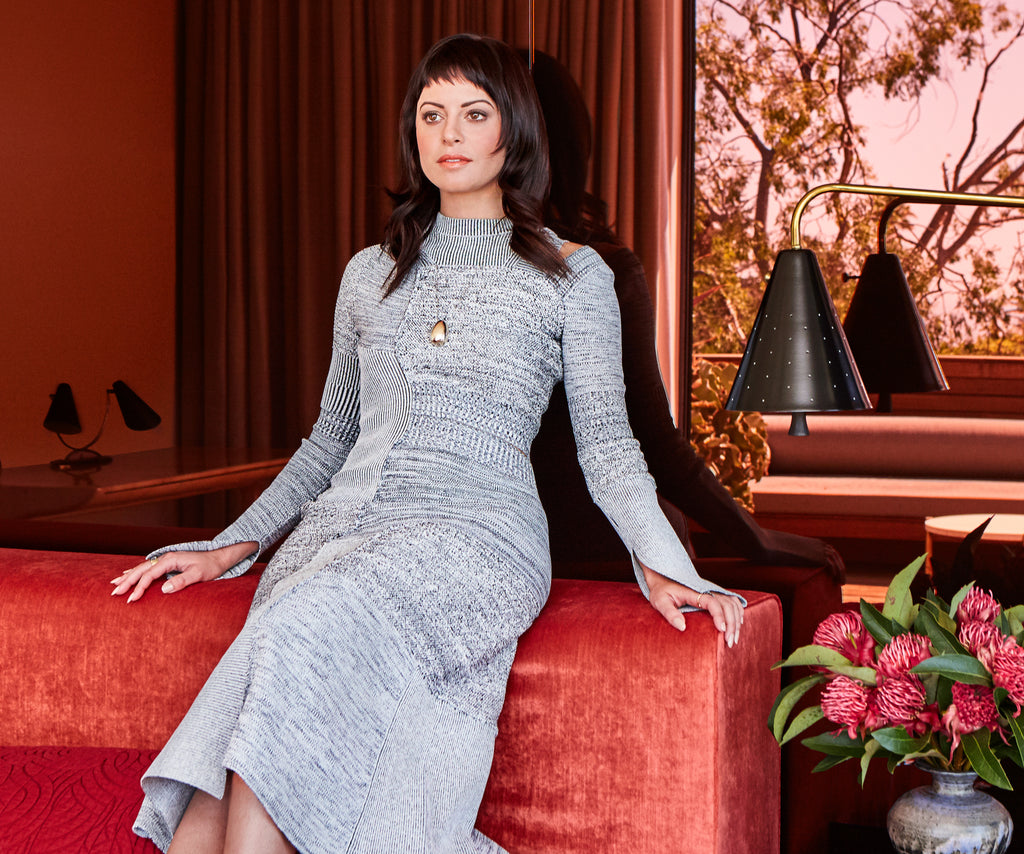At age 30, I was a success by every measure: on power lists in Forbes, Fortune,andInc.—even Vanity Fair’s Best Dressed —and I had a company valued at $350 million.
Hashtag winning, right? I like to say “Don’t compare your hustle to their highlight reel” because behind those dozen-oyster Instas and dream vacays, I was struggling. By age 32, my one-year marriage had ended, and my company, Nasty Gal, had filed for bankruptcy.
The divorce came first. Totally unexpectedly, the man I had just married woke up one day and decided that we weren’t right for each other. There I was, that lady screaming into a pillow at the Beverly Hills Hotel for four nights, unable to eat, heartbroken. I was a Hollywood mutant chain-smoking in a bathrobe and baseball cap, flanked by my three now-fatherless poodles.
Then came the bankruptcy. Nasty Gal had struggled for years, so, sadly, this was less of a shock. We’d been through multiple rounds of layoffs and lawsuit after lawsuit and couldn’t keep up with the ever-changing retail model. After putting my own money into the business in 2015 and handing over the keys to a veteran CEO, I decided to play to my strengths and focus on what mattered most: the brand. I worked on big-picture strategies and partnerships. I gave it hell. But it was already too late.
The bankruptcy news broke last November while I was in Australia promoting my second book, Nasty Galaxy. I was at a networking brunch where I was set to speak in front of a thousand women.
When the death knell of your company is the breaking headline and you’re literally under a spotlight, what do you do? I showed up.
I covered the things I generally talk about onstage: my rise, my books, and what I’ve learned along the way. And as much as I wanted to slip out of this public appearance without having to discuss the crumbling of my entire adult life’s work, I had to. All I could say, with tears running down my face, was, “Hey, it was my first business, and I think I got pretty far.” Because as a community-college dropout from Sacramento, Calif., with no pedigree, I did.
Not long after my husband walked out, I started dating an old friend. You’d think that one would have no room for romance when mourning a marriage, I know. But I’d FaceTimed him for support when it first happened and found us talking for three hours one night, five hours the next … After a week of this we locked eyes and I finally mustered the courage to ask, “So why did we never date?”
His answer astounded me. “I’ve wondered the same thing. We were both in relationships.” He reminded me of the time we went to karaoke with a large group of people who eventually filed out, leaving the two of us. I was newly married, but sparks were flying as he sang Bob Dylan’s “I Want You” while I moved slowly across the room away from him, shaking my head no … On the day I filed for divorce, I found myself again screaming into a pillow at the Beverly Hills Hotel, but this time it was fun.
Today I live with this man. We’ve traveled internationally, we’re collaborating on my next book, our families have spent Christmas together, and we talk about having kids someday. My poodles have a father again, and I share things with him that I never could have shared with the man I married. We laugh a lot.
And I have a new business, a community and media company for women that focuses on redefining success, called surprise—Girlboss. We hosted our first rally in March and have a foundation that has awarded more than $100,000 in grants to women working in design, fashion, music, and the arts.
This April a Netflix comedy series based on my 2014 best-selling book,#Girlboss, will be dropped into 95 million homes in 195 countries and translated into 30 languages. The amazing actress Britt Robertson stars as the protagonist (named Sophia), Kay Cannon wrote it, and Charlize Theron is an executive producer. It’s both a gift and a surreal exercise to know that I’ll be watching the last decade of my life play out on TV for the next year or years (fingers crossed for Season 2).
The opening scene of Girlbossshows my character saying, “Adulthood is where dreams go to die.” I used to believe this, and I still do. But I now also think that if we don’t let life rip from our manicured little fingers what we think defines us—and defines success—we’ll never be forced to unlearn, relearn, love bigger, and go farther.
It’s been said that you can’t have it all, but I call bullshit on that. We can have it all. Just not all at the same time.
This essay was originally published inInStyle. For more stories like this, pick upInStyle‘s May issue, onnewsstandsand available fordigital downloadand available fordigital downloadApr. 14.



